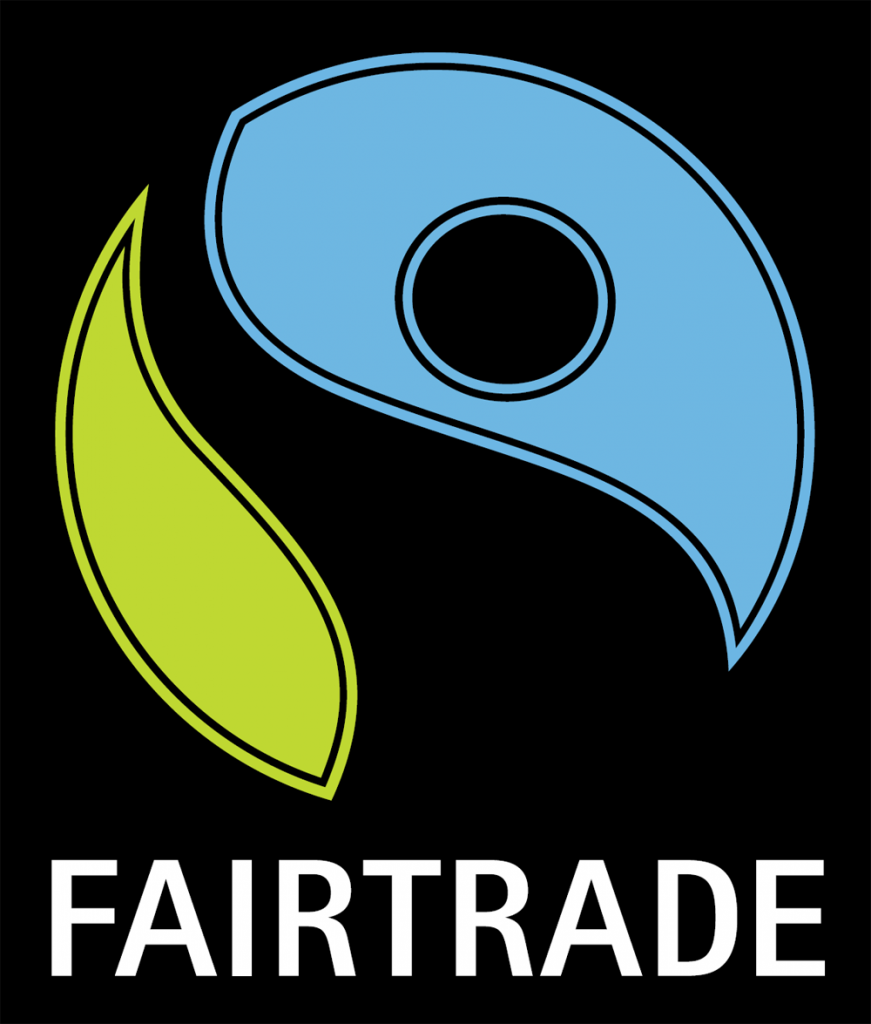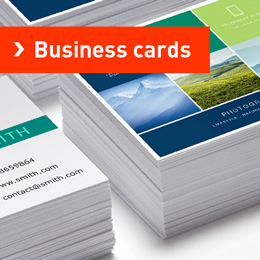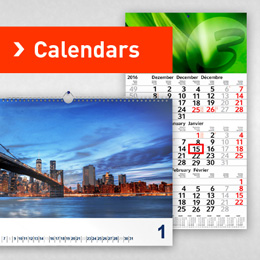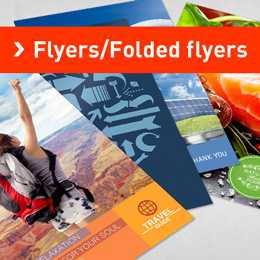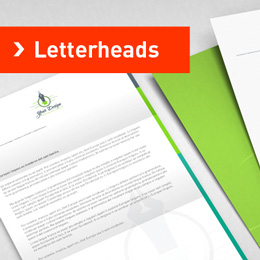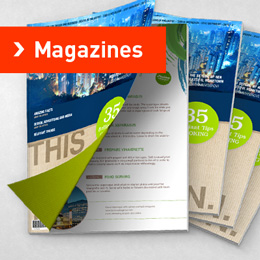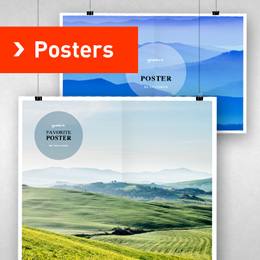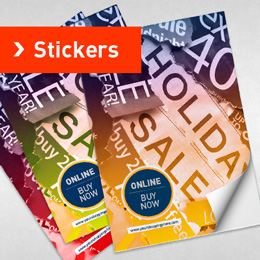general terms and concepts
We start the year with a 4 part series: “Logo design – what you need to know”.
In the first part we explain general terms and concepts. The second part will be about different logo types, while the third part tells you more about designing a logo and the basic elements. The last part will continue with the arrangement of different elements, how type works in logo design and with what a logo needs to be successful.
The word logo is connected to a number of terms such as brand labels, trademarks, word marks and figurative marks. All of them are logos in language use but they can be differentiated way more precisely. Even though combined under the common term logo they do have their differences on closer scrutiny.
1. Logo
The term logo originates from the Greek “logos“, which simply means “word“. Just a few decades ago in typesetting logo described an often used word. “Sum” is a good example as this wasn’t set letter by letter but with a single lead cast form to avoid arranging the individual letters again and again.

Logogram is the full name with “gram” standing for sign, thus making a logo a word- or type- based mark. Today logo is mostly used for company signs and trademarks.

2. Product trademarks
Product trademarks are logos referring to an individual product or service or a group of those. There are a number of regulations in different countries detailing which requirements a product trademark has to fulfil to be registered. In most cases it is a two-dimensional graphic image, designation of origin, fantasy word or abbreviation.

3. Company/brand trademark
A company or brand trademark, often simply referred to as brand, usually requires registration with national or international authorities. This legally protects the logo from unauthorised use and gives the author possibilities to manage brand usage by third parties. He could license the use of his brand name and logo. A good example is The Disney Company. For a license fee Disney allows other companies to use its logos and brand names for merchandise products, such as clothing and toys.


4. Signets
The publishing industry uses so called signets to tell their own. This word can roughly be translated with symbol. As publishing is the most common sector for this kind of logo it’s sometimes called printer’s imprint. As publishers often put them on the spine of books they usually have a portrait/vertical or square layout orientation.

5. Seals of approval/Quality seals
Many of you know the Fair Trade symbol, which is a good example for a sign of approval. This logo type usually conveys and promises positive values and features determined and checked by a controlling authority. The success of this logo type nowadays shows in the various seals of approvals awarded by numerous industry organisations for adhering to certain standards and quality requirements. They serve as certificates of quality, which makes them a common victim of plagiarism and mimicry.
